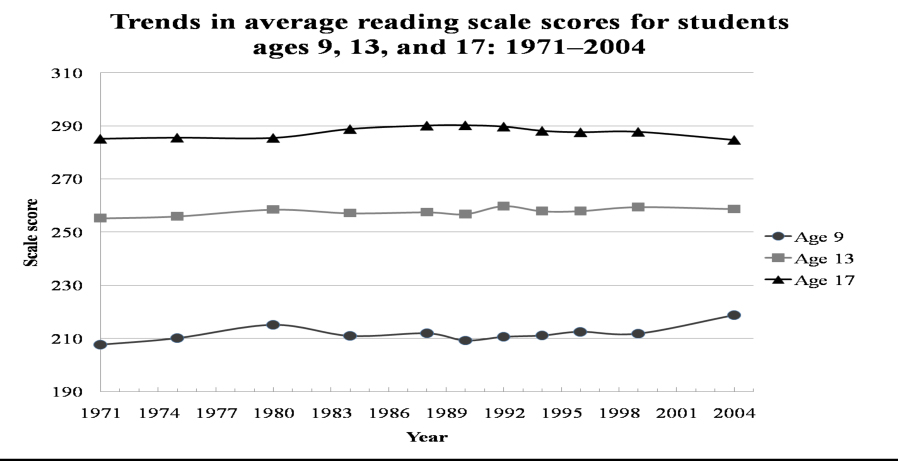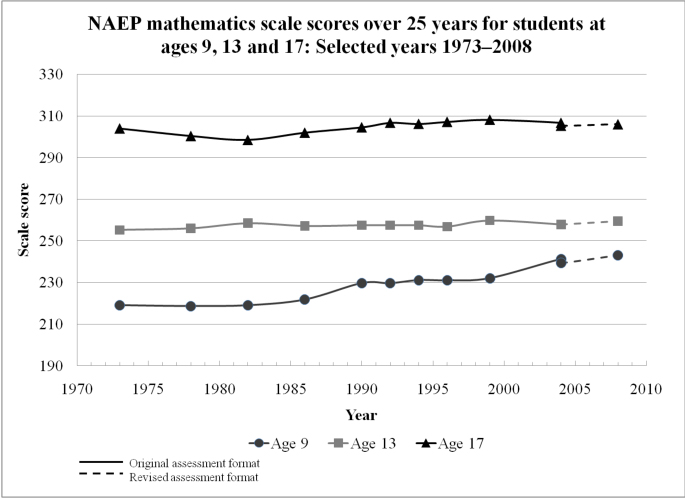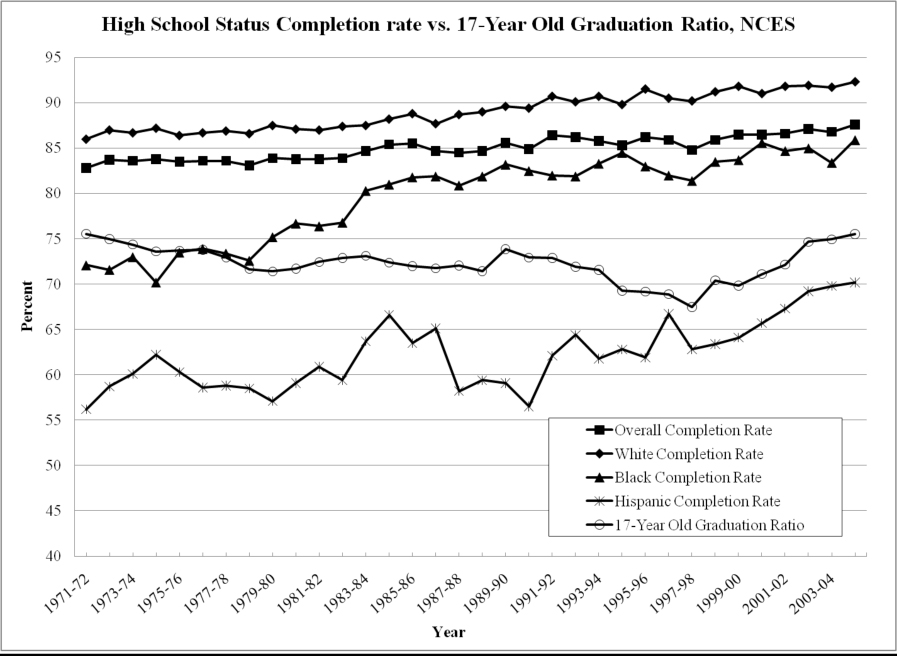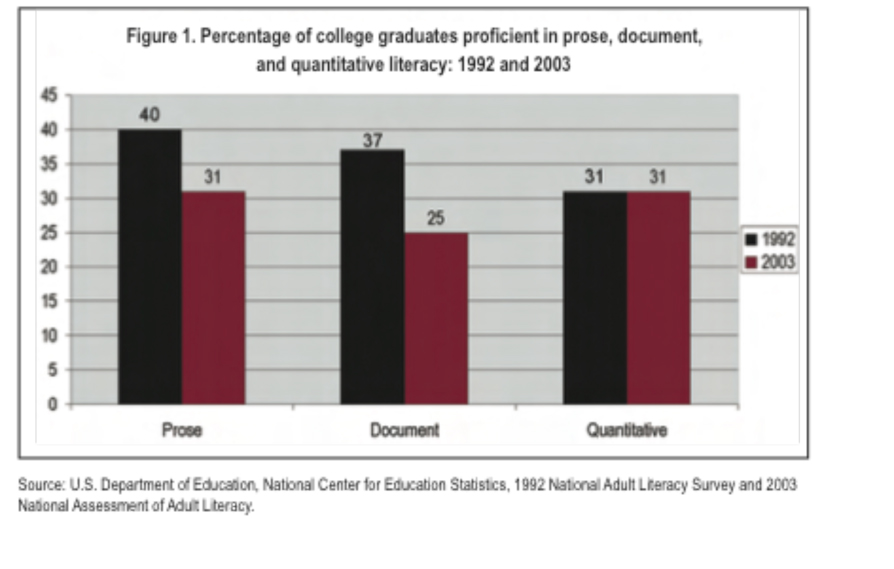The end of the decade has inspired me to reflect on contemporary efforts at education reform in the U.S., and to suggest next steps. This blog entry, in which I review the evidence of failure of our education system and explain the challenge created by rapid globalization, is the first part of what will ultimately be a 3-part series.
American K-12 schools, colleges, and universities underwent their formative development in earlier eras. They matured in a time devoid of intense international competition, a time when a nation’s power was principally derived from what it could grow and extract from the ground, a time when human knowledge expanded incrementally, not exponentially, a time when individual creativity was subordinate to collective activity, and a time when most individuals prepared for life-long careers, and felt no need continually to reinvent oneself.
America’s historic education system was ahead of its time and has served the nation well. The nation formerly prospered and became a world power by relying upon the talents of an educated elite, a remarkably well-schooled, if slender, cadre of individuals who operated government, staffed colleges and universities, captained industry, and led the military. In those times, a young man could fail to finish school, obtain a well-paying manufacturing job, marry his childhood sweetheart, and confidently pursue the American Dream.
Little of such a comforting convention continues. The economy and the surrounding society have changed, and the change has occurred in a rapid and often disquieting manner. Whereas historic cultural shifts from hunting-and-gathering to agriculture and from agriculture to industrialism took hundreds or thousands of years, evolution from an industrial to a modern informational society has occurred in the blink of a historian’s eye.
Now, and for the foreseeable future, the path to collective and individual wellbeing travels crucially through education, a modern education. If an individual fails to graduate from high school or attend college, he or she may suffer financially, and in other ways as well, and the nation’s human resources and general welfare surely are diminished as a consequence.
American Schools Not Yet Able Fully to Address This Challenge
A modern nation’s competitive advantage, and its most likely source of citizen satisfaction, is the schooled minds of its people. This poses a daunting problem. No large nation has ever before faced the challenge of educating virtually its entire population to a high standard. This is uncharted territory. There is much regarding human learning, instruction, and schooling that is not now known and which must be determined.
America’s schools, even in the face of a high degree of uncertainty regarding proven methods, have genuinely grappled over the past quarter-century with the aforementioned fundamental societal shift and the need to create a new operational posture. Virtually all the low-hanging reform fruit has already been harvested. If a sensible reform could be enacted without significant political opposition (e.g., elevating high school graduation standards, restricting elective courses, and improving the rigor of textbooks) then it has generally been accomplished. However, even after more than a quarter century of engagement with education reform, changes in the nation’s schools have not yet enabled the system to surmount the challenges it faces.
The following selected graphics illustrate the inability of schools to meet higher academic expectations. Whether the metric is achievement in mathematics or reading, high school graduation, or college success, the education system’s results have been flat for four decades.
Graphic #1A below displays national trends in reading since 1971.

Graphic #1B displays mathematics achievement over the same time period.

Graphic #2 below displays high school graduation data. Here one can see, with seventeen year olds for example, that the proportion of this age cohort graduating from high school has not changed since the early 1970s.

Graphic #3 below makes clear that matters in higher education are little better, possibly worse.

The next installment of my appraisal of education reform will demonstrate that the above-documented failure is not a consequence of failing to try. The nation has, in fact, made a sustained and resource-filled effort to render schools more effective.


